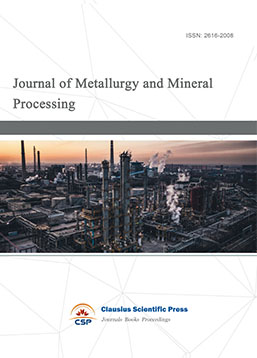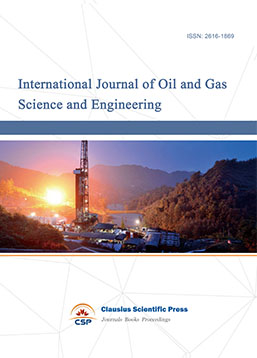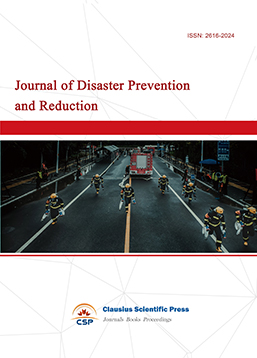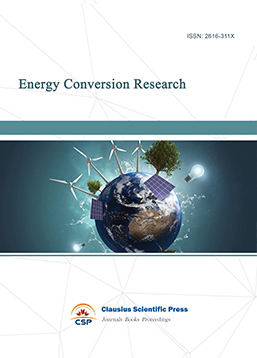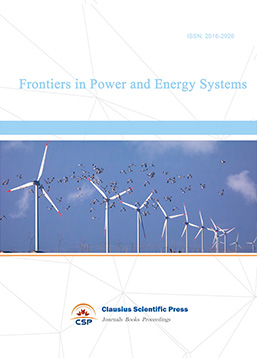Product development of an extended cold chain logistics vehicle
DOI: 10.23977/ssge.2021.030102 | Downloads: 20 | Views: 2205
Author(s)
Gu Xiong 1, Zhiwei Wang 1, Liying Zheng 2, Lianfeng Lai 3, Qinchuan Niu 3,4, Tianyi Guan 3,4
Affiliation(s)
1 Fuzhou Weilian Gao Xin Intelligent Technology Co., Ltd., Fuzhou, 35000
2 Dongpu United Technology (Fujian) Co., Ltd., Fuzhou 350000
3 NingdeNormalUniversity, Ningde, 352100
4 Fuzhou University, Fuzhou, 350000
Corresponding Author
Gu XiongABSTRACT
With the continuous development and popularization of the national electric strategy, it also brings a series of problems, among which the mileage has become the most concerned factor for people to choose new energy vehicles. Therefore, this paper briefly analyzes the mileage of electric logistics vehicles in cold chain environment, first describes the relevant models and classification of electric vehicles, and then makes a brief summary of the current situation and existing problems of electric logistics vehicles in cold chain environment. This paper analyzes the reasons why electric logistics vehicles cannot be popularized in batches in cold chain environment, and puts forward corresponding countermeasures and measures for these reasons.
KEYWORDS
new energy vehicle, add-range, electric logistics vehicleCITE THIS PAPER
Gu Xiong, Zhiwei Wang, Liying Zheng, Lianfeng Lai, Qinchuan Niu, Tianyi Guan. Product development of an extended cold chain logistics vehicle. Smart Systems and Green Energy (2021) Vol. 3: 8-14. DOI: http://dx.doi.org/10.23977/ssge.2021.030102
REFERENCES
[1] Chen Y, Zhang Y, Wei C, et al. Optimization of extended range electric vehicle energy management strategy via driving cycle identification [J]. IOP conference series. Materials Science and Engineering. 2020, 793(1): 12040.
[2] Wang L, Song Z, Wang S, et al. Control strategy optimization and experimental study on startup of range extender for extended range electric vehicles [C]. China: 2017.
[3] Geronikolos I, Potoglou D. An exploration of electric-car mobility in Greece: A stakeholders’ perspective [J]. Case Studies on Transport Policy. 2021, 9(2): 906-912.
[4] Hu J, Javaid A, Creutzig F. Leverage points for accelerating adoption of shared electric cars: Perceived benefits and environmental impact of NEVs [J]. Energy Policy. 2021, 155: 112349.
[5] Cetin S, Yenil V. Performance evaluation of constant current and constant voltage charge control modes of an inductive power transfer circuit with double-sided inductor-capacitor-capacitor and inductor-capacitor/series compensations for electrical vehicle battery charge applications [J]. Transactions of the Institute of Measurement and Control. 2021, 43(8): 1710-1721.
[6] Liao C, Wang W, Wang J, et al. Magnetron sputtering deposition of silicon nitride on polyimide separator for high-temperature lithium-ion batteries [J]. Journal of Energy Chemistry. 2021, 56: 1-10.
[7] Zhang X, Zou L, Cui Z, et al. Stabilizing ultrahigh-nickel layered oxide cathodes for high-voltage lithium metal batteries [J]. Materials Today. 2021, 44: 15-24.
[8] Buonomo B, Manca O, Menale F, et al. Numerical Investigation on the Thermal Control of Lithium Batteries for Electric Cars Using Metal Foams and Phase Change Materials [J]. Journal of physics. Conference series. 2021, 1868(1).
[9] Ryu S. Mode Choice Change under Environmental Constraints in the Combined Modal Split and Traffic Assignment Model [J]. Sustainability. 2021, 13(7): 3780.
| Downloads: | 640 |
|---|---|
| Visits: | 39044 |
Sponsors, Associates, and Links

 Download as PDF
Download as PDF